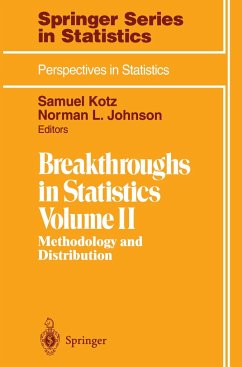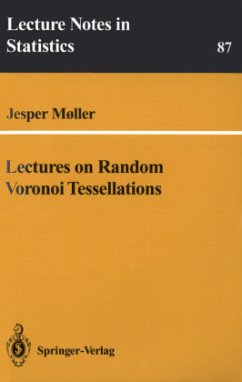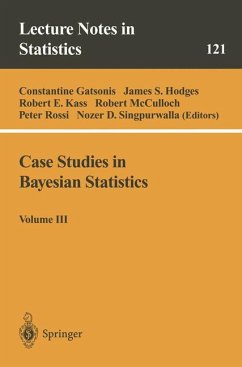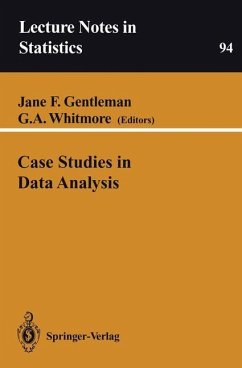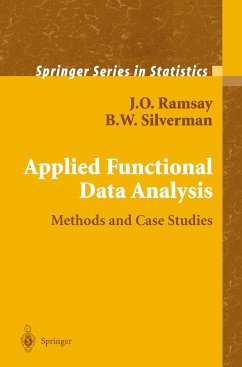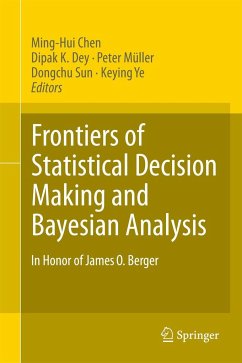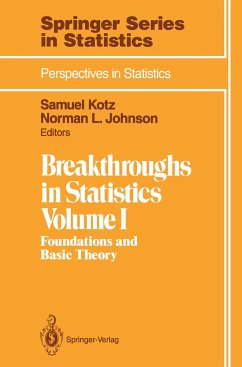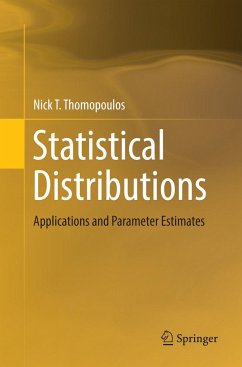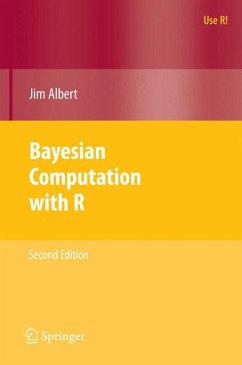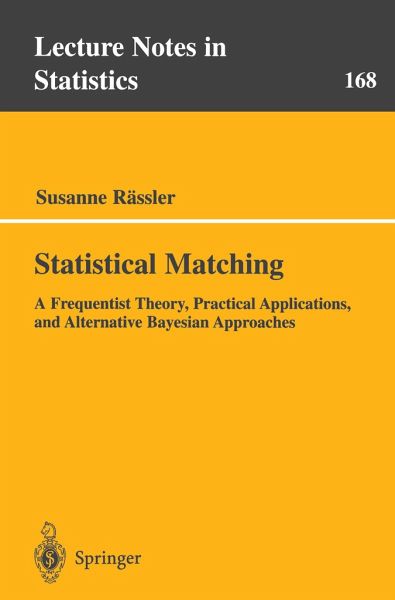
Statistical Matching
A Frequentist Theory, Practical Applications, and Alternative Bayesian Approaches

PAYBACK Punkte
58 °P sammeln!
Data fusion or statistical file matching techniques merge data sets from different survey samples to solve the problem that exists when no single file contains all the variables of interest. Media agencies are merging television and purchasing data, statistical offices match tax information with income surveys. Many traditional applications are known but information about these procedures is often difficult to achieve. The author proposes the use of multiple imputation (MI) techniques using informative prior distributions to overcome the conditional independence assumption. By means of MI sens...
Data fusion or statistical file matching techniques merge data sets from different survey samples to solve the problem that exists when no single file contains all the variables of interest. Media agencies are merging television and purchasing data, statistical offices match tax information with income surveys. Many traditional applications are known but information about these procedures is often difficult to achieve. The author proposes the use of multiple imputation (MI) techniques using informative prior distributions to overcome the conditional independence assumption. By means of MI sensitivity of the unconditional association of the variables not jointy observed can be displayed. An application of the alternative approaches with real world data concludes the book.





